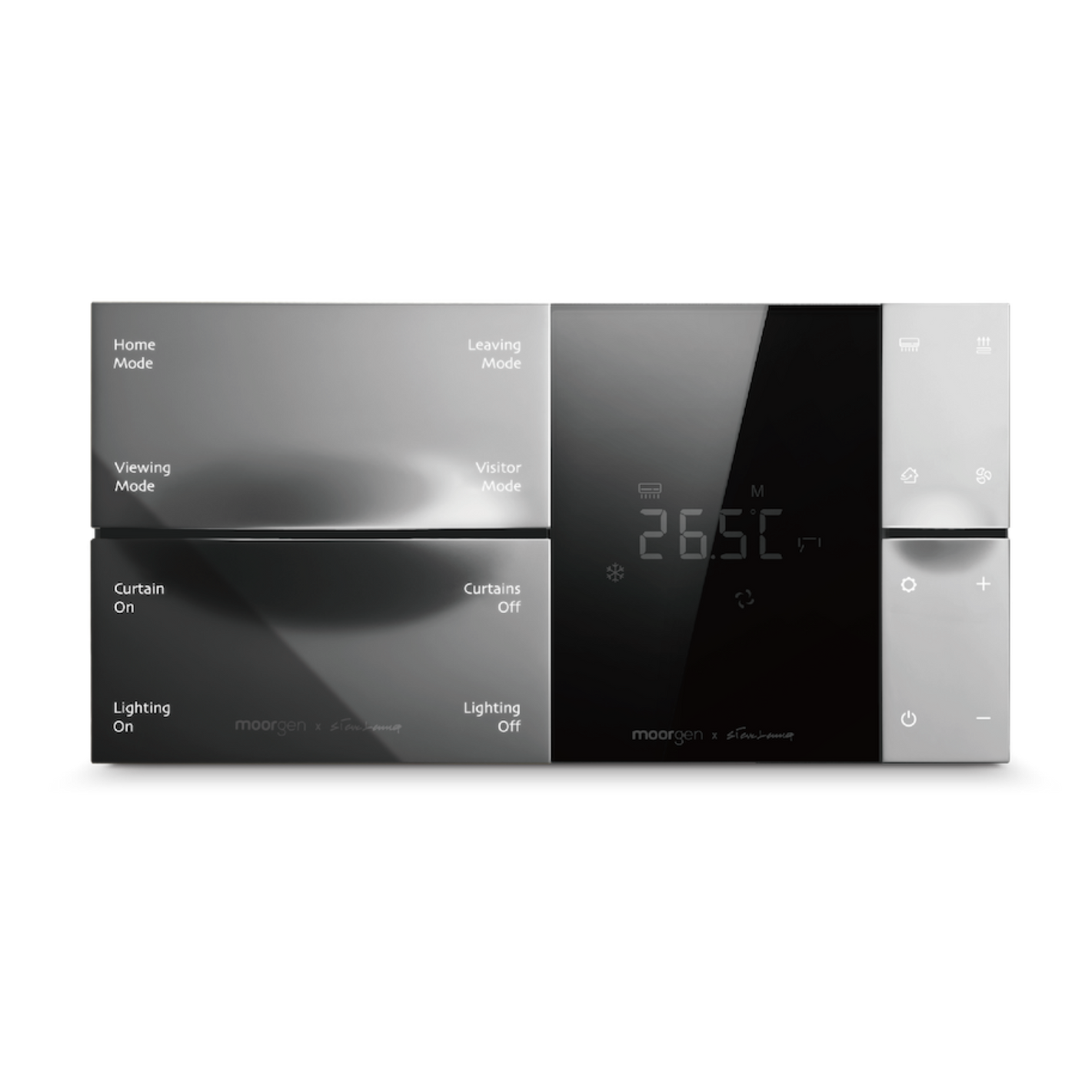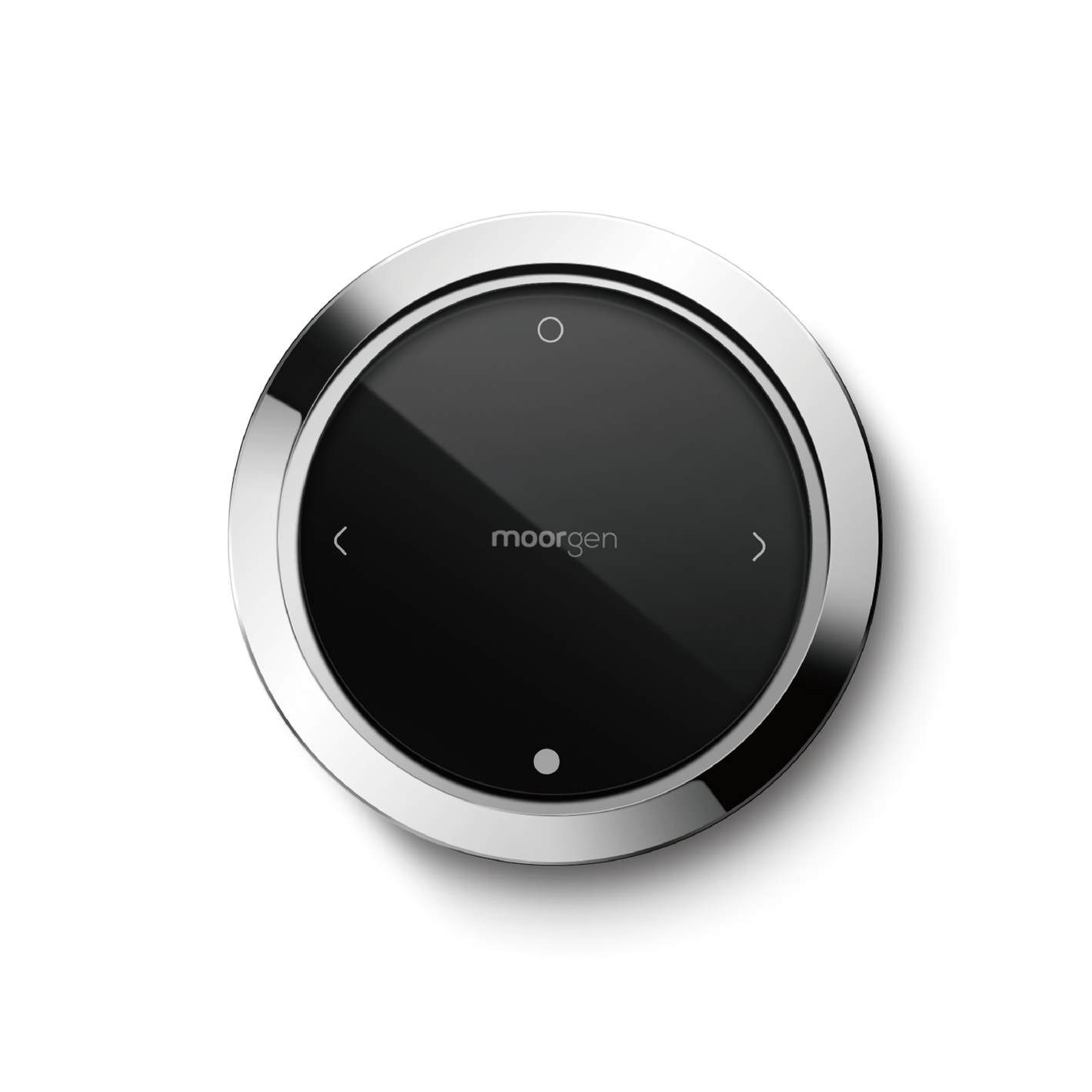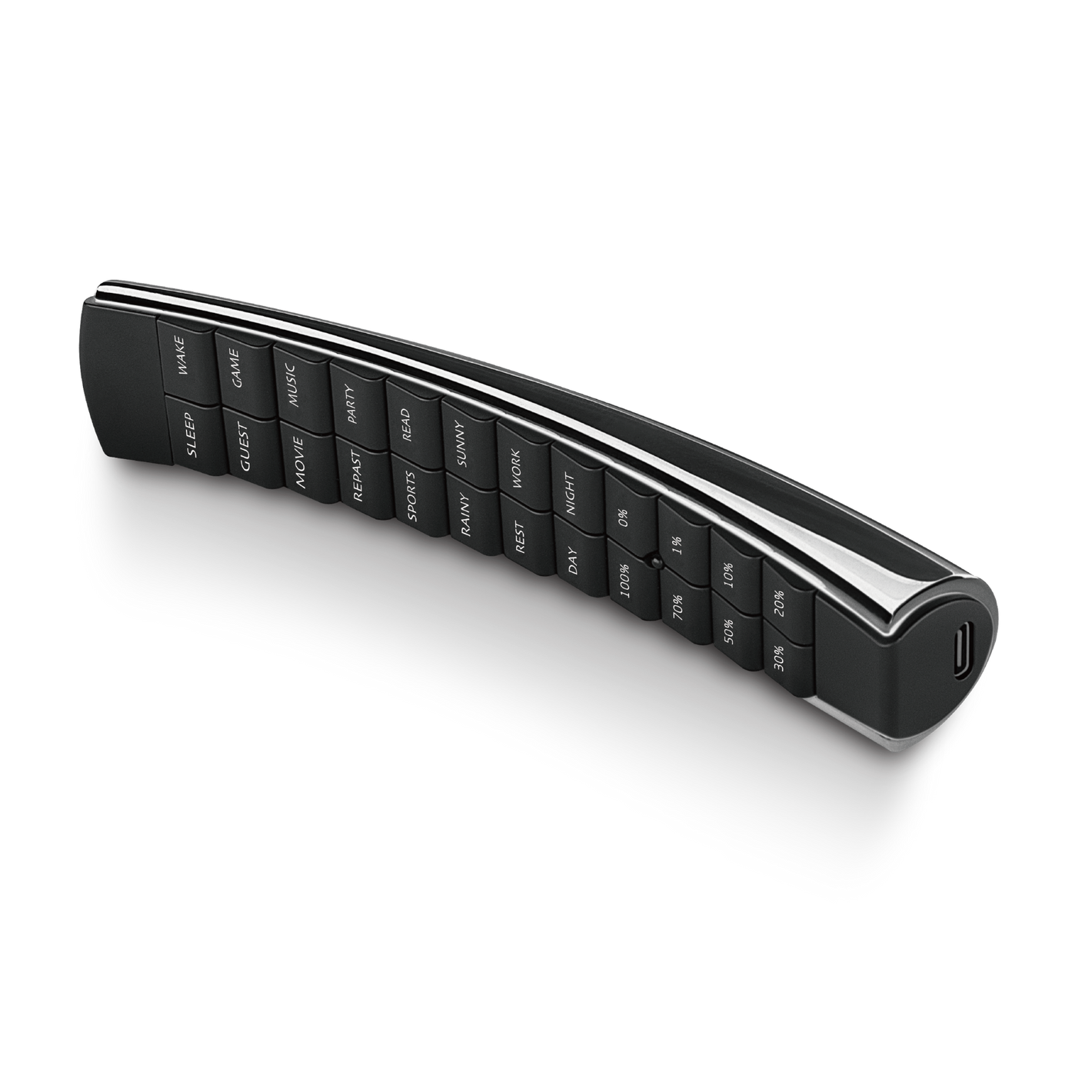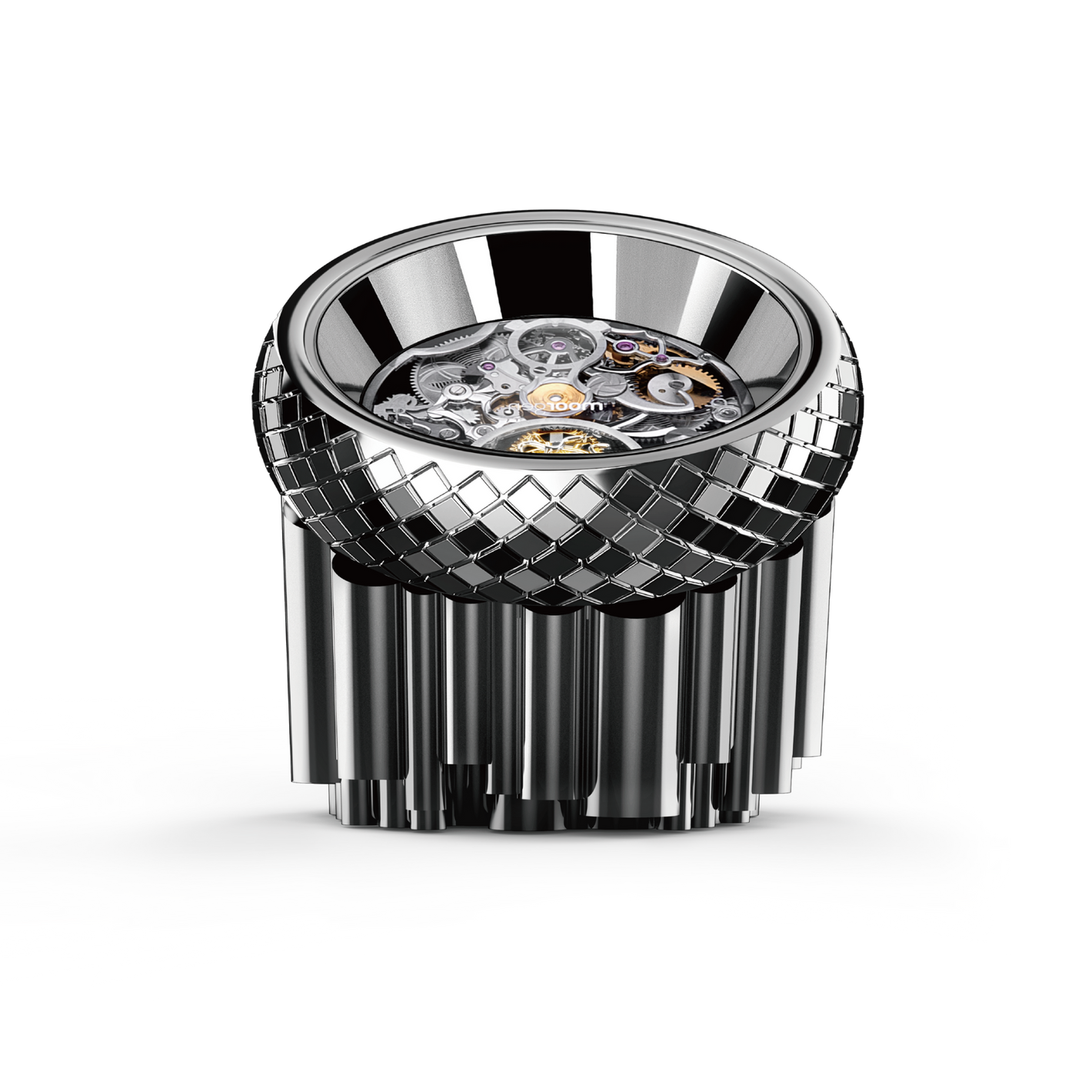Do Smart Homes Always Require a "Neutral Wire" (N Wire)?
If you're looking to turn your home into a smart home, you may encounter many professional terms like "Neutral Wire" (N Wire), "L-wire," "N+L-wire". It's not always clear whether your home can support specific smart home products. This article aims to answer one of the most common questions when it comes to installing smart homes: Is a "Neutral Wire" necessary for smart homes?
What is a Neutral Wire?
In Hong Kong, the standard electrical sockets are catering British-style three-pin plugs. These plugs have three holes: Earth, Live and Neutral. You can distinguish the holes using the phrase "Left Neutral, Right Live Middle Earth." The left hole is the Neutral Wire, the right hole is the Live Wire, and the middle hole is the Earth Wire.
The Earth Wire is typically green and yellow and serves to prevent electrical shocks. The Live Wire is usually red or brown and provides power to electrical devices.
The focus here is on the Neutral Wire, also known as the "N Wire". Neutral Wire is generally blue (although older installations might use black). It works in conjunction with the Live Wire to create a circuit, allowing current to flow back to the power source.
The term "neutral" in neutral wire signifies its voltage to ground, which is "zero / neutral" (0V). This means that even if someone touches the neutral wire while standing on the ground, there won't be any electrical shock. However, when handling neutral wire, precautions are still necessary. If the neutral wire is disconnected for any reason, the 220V voltage from the live wire can reach the neutral wire, making it no longer "neutral" and effectively carrying the same 220V voltage as the Live Wire. In such a situation, touching the Neutral Wire can be dangerous.
Do Typical Hong Kong Homes Have a Neutral Wire?
In reality, most homes in Hong Kong are wired with all three wires: Earth, Live and Neutral Wires. So, why do people often talk about needing to "add a neutral wire" when discussing smart homes?
Yes, homes indeed have neutral wires, but in older home renovations, neutral wires are often not connected to light switches.
This is because most light switches do not require a neutral wire to operate. Therefore, many electricians skip this step when connecting light switches during renovations. This isn't necessarily "cutting corners" because, for traditional light switches, a neutral wire isn't required, and it shouldn't affect daily home activities.
However, with the rise of smart home technology and the desire to enhance the quality of life, many people are now opting for smart switches, smart lighting controls, or smart panels. These smart devices contain internal chips that require a continuous power supply to function seamlessly and control all smart appliances and equipment throughout the house. How does this relate to the neutral wire?
In short, for a better user experience with smart switches or panels, you'll want the N+L-wire version. It relies on the presence of the neutral wire!
Do Smart Homes Always Need a "Neutral Wire"?
To transform your home into a smart home, you don't necessarily need a neutral wire. Having a neutral wire enhances the user experience. When purchasing smart switches, smart lighting controls, or smart panels, you'll commonly find two versions: L-wire and N+L-wire.
To explain simply, if your light switch has a neutral wire, you can choose between the L-wire and N+L-wire versions. If your light switch does not have a neutral wire, you're limited to the L-wire version.
L-wire and N+L-wire - The Key is the Neutral Wire
In light switches without a neutral wire, you only have the live wire and earth wire. In other words, the live wire is the sole power supply for the light switch, and traditional light switches work by either allowing or interrupting the flow of electricity to control the lights.
Smart light switches or panels, which contain internal chips, cannot function if they solely rely on the live wire for power because cutting off the power supply would also interrupt the chips. This means they can't intelligently control appliances or light bulbs. So, the L-wire version of smart panels uses chips to control the resistance of the live wire. When resistance decreases, the current increases, turning on appliances or lights. When resistance increases, the current decreases, allowing the chips to operate but not enough to power appliances or light bulbs fully.
While the L-wire version can make your home smarter, there may be some limitations in user experience. Since it relies on adjusting resistance in the Live Wire, you might experience slight flickering of light bulbs or appliances turning on and off briefly.
Smart switches or panels labeled N+L-wire work differently. With an additional neutral wire, these smart devices can be powered continuously, ensuring stable operation. Plus, they can completely interrupt the live wire's circuit, allowing appliances or light bulbs to be in a fully off state, avoiding the issues that the L-wire version might face.
How to Ensure Your Light Switches Have a Neutral Wire?
The simplest way to check if your light switches have a neutral wire is to open the switch panel and inspect the wiring. If you see only two wires, it's highly likely that your light switch only has a live Wire and earth wire. However, if you see three wires, it doesn't necessarily mean you have a Neutral Wire. You can identify the Neutral Wire by its color. If you find red or brown, yellow with green, and blue or black wires, it should indicate the presence of a Neutral Wire. In this case, the neutral wire is typically the black or blue wire. Having black or blue wires doesn't guarantee that the Neutral Wire is connected correctly, but it's a good indicator that there's a neutral wire. Of course, the best way to ensure the correct wiring is to consult a professional electrician who can verify all connections.
Can You Ensure the Installation of a Neutral Wire During Renovations?
Yes, during home renovations, you can ensure that a neutral wire is connected to the light switches. This is referred to as N+L-wire," where both live and neutral wires are connected to the switch. In most cases, professional electricians won't charge extra for this service. If your renovation contractor suggests that neutral wires are unnecessary, you can explain your desire to install smart panels or smart light switches. Younger contractors are generally aware of the importance of neutral wires, especially in smart home setups. However, older contractors might not be familiar with how smart homes, particularly the N+L-wire versions, operate, so you may need to explain it in more detail. After reading this article, you should have a clearer understanding to convey your needs to your contractor.
Smart Homes Don't Always Require a Neutral Wire!
After reading this article, you should understand that a Neutral Wire isn't always necessary for a smart home. If your light switch has a neutral wire, you have the option of choosing between the L-wire and N+L-wire versions of smart panels or switches. If your light switch doesn't have a neutral wire, you'll be limited to the L-wire version.
We hope you can find the right smart panel for your home, and you might want to explore Moorgen's smart panels, designed to complement various interior design styles. If you want to experience a true smart home, you can visit Moorgen's showroom for a free tour or contact Moorgen via WhatsApp for a free consultation to discover the smart home solution that suits your home.
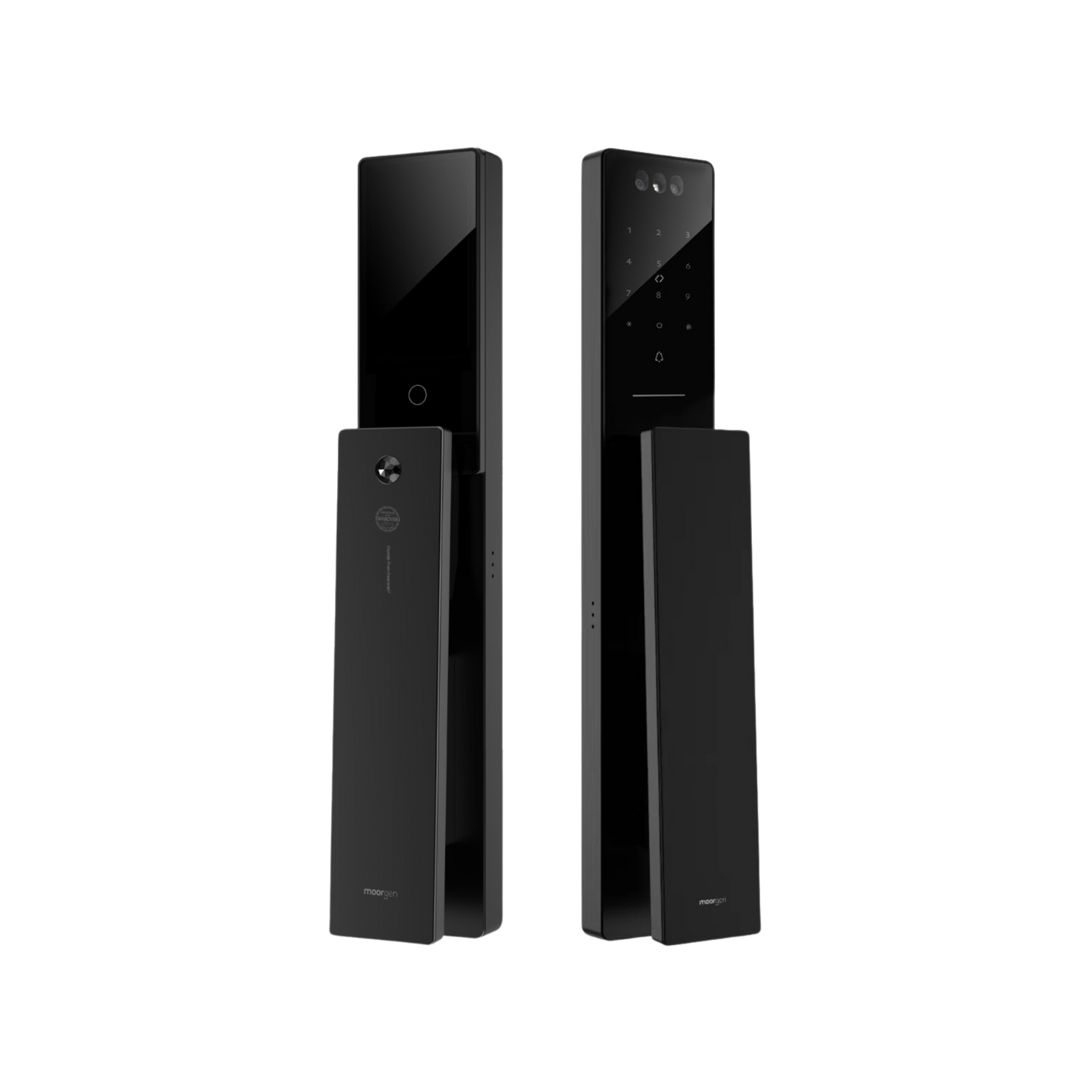


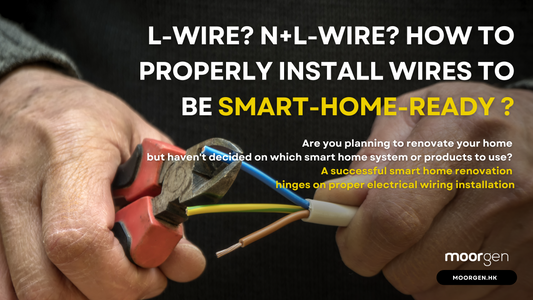



![[Smart Living] How to Choose a Smart Power Strip? Swift Transform Your Home into a Smart Home!](http://moorgen.hk/cdn/shop/articles/blog_cover_moorgen_how_to_choose_smart_power_strip.png?v=1728137093&width=533)
![[Smart Living] How to Choose LED Bulbs? Which Ones Are the Most Energy-Efficient?](http://moorgen.hk/cdn/shop/articles/blog_cover_moorgen_how_to_choose_led_bulbs.png?v=1728136975&width=533)
![[Smart Living] How to Choose an Instant Hot Water Dispenser and Use It Efficiently?](http://moorgen.hk/cdn/shop/articles/blog_cover_moorgen_how_to_choose_instant_hot_water_dispenser.png?v=1728136837&width=533)
![[Smart Living] 5 Energy-Saving Tips for Electric Kettles](http://moorgen.hk/cdn/shop/articles/blog_cover_moorgen_energy_saving_tips_electric_kettles.png?v=1728136710&width=533)
